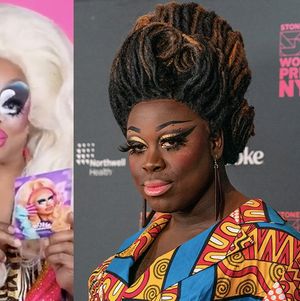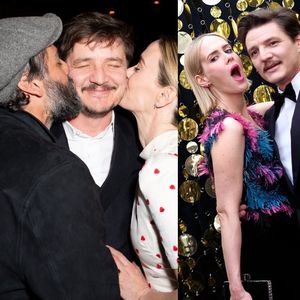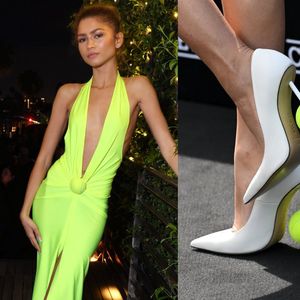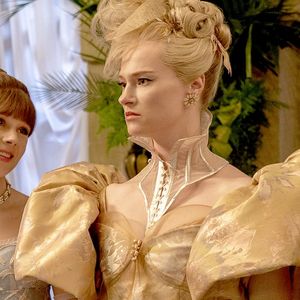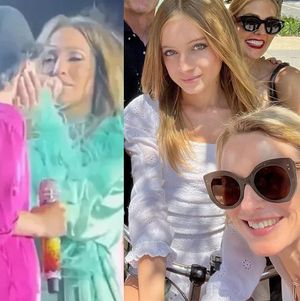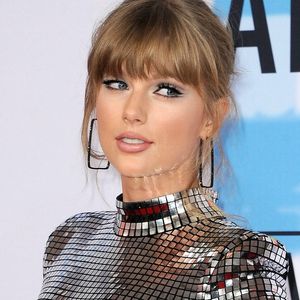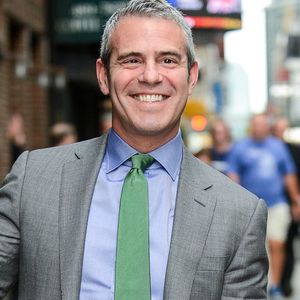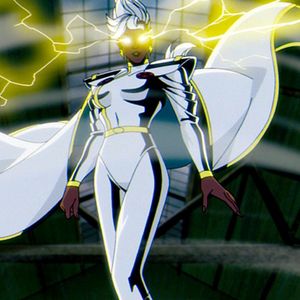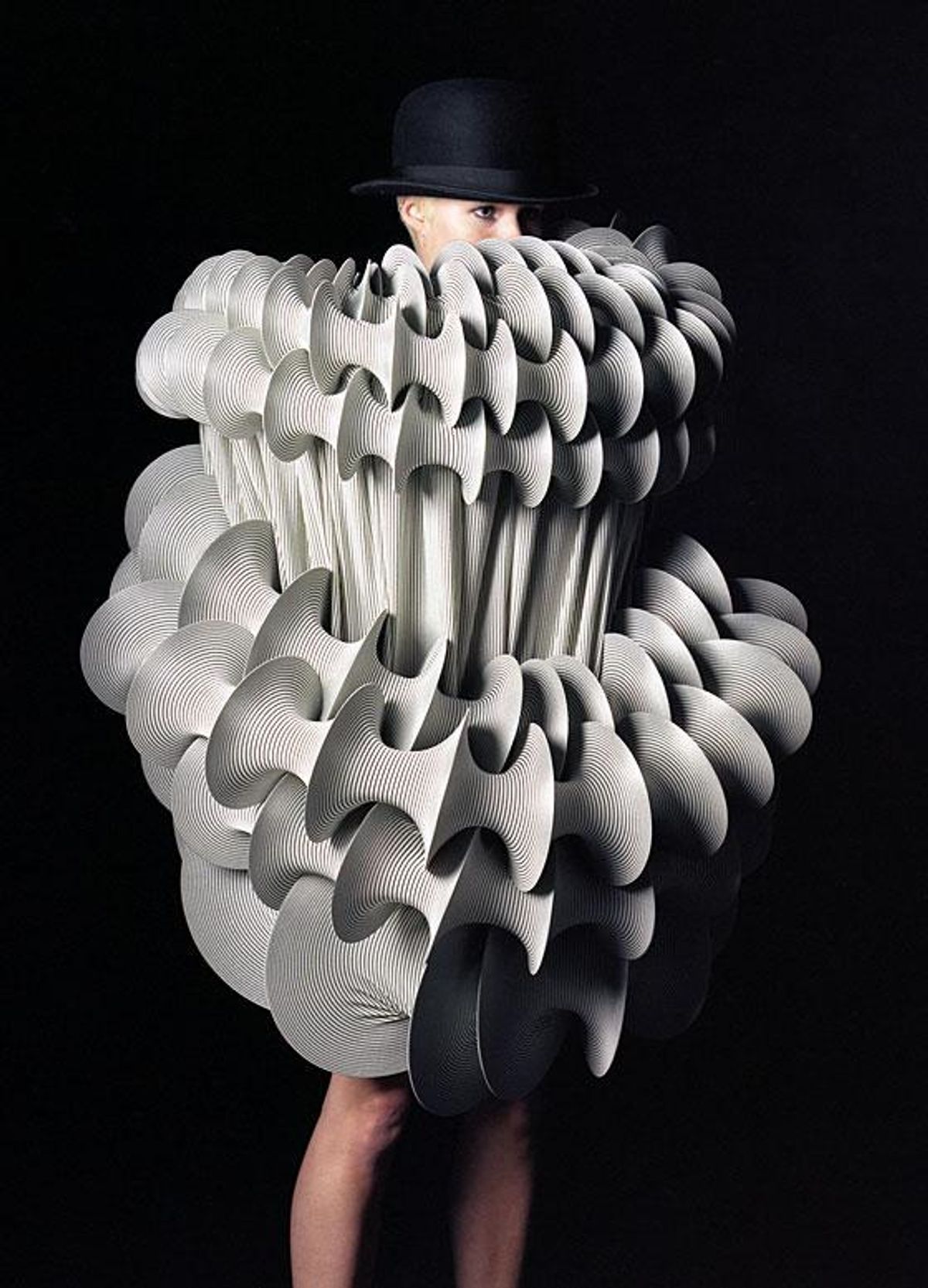
CONTACTStaffCAREER OPPORTUNITIESADVERTISE WITH USPRIVACY POLICYPRIVACY PREFERENCESTERMS OF USELEGAL NOTICE
© 2024 Pride Publishing Inc.
All Rights reserved
All Rights reserved
By continuing to use our site, you agree to our Private Policy and Terms of Use.
Rowan Mersh is a textile-based sculptor who explores form and fuses concept with technique, emphasizing experimentation as the focus of his practice. A celebrated graduate of the Royal College of Art, Mersh has developed a unique aesthetic, which is at once obvious upon encounter of his various sculptural forms, whether it be textiles, sculpture, or any other experimental agenda on which he embarks.
In Mersh's own words: Our environment, the people we meet, the places we visit, the music we listen to, etc, are what make us who we are. Series 1 was derived from this notion, examining aspects within my own environment that shape me. Utilizing objects such as coins collected on my travels, my CD and vinyl collection, a compilation of signatures from people in passing, to the literal interpretation of DNA structure, sculptural forms were constructed, encompassing these objects within fabric. The objects themselves become obsolete, subsiding to their affiliation with the fabric and the geometric landscapes they create.
Although all fabric sculptures are exhibited in an interior/gallery context, I am also drawn to the female form as a means to communicate aspects of scale and movement in these works. The body is fundamentally a three-dimensional form or space, thus can be treated so in the installation of a sculpture. Whether installed in an interior space or on the female form, it is the creation of an affiliation between sculpture and the space it occupies that determines the sub-sequential image or documentation of the work.
The Advocate: Why are you an artist?
Rowan Mersh: To better understand myself.
What catches your eye?
Anything and everything. Kedgeree on a breakfast menu, prefolded pages in a dictionary, single-syllable coffee brands, conjoining freckles, and a golden years aerobic class in Highbury Fields -- a park in North London -- would be my top five today so far.
Tell us about your process or techniques.
For the last two years I have predominantly worked on large-scale kinetic and/or interactive installations. Concepts for these projects are generally formed of an amalgamation of both emotive and logistical factors -- my understanding of the client or commissioning body and time line for production, for example. Illustrations, renderings, and prototypes are produced at various stages of the project as an idea evolves, refining technical aspects whilst cementing desired aesthetics. Production/fabrication begins, I hold my breath, and with a little luck I am at my private view a couple of months down the line!
How do you describe your work?
An exploration of form and an exploitation of my chosen media and their inherent qualities.
What makes a good artwork to you?
That undertone of envy I feel from viewing the work!
What artists do you take inspiration from and why?
Top five today, again?! Diane Arbus -- I am currently creating a series of three-dimensional portraits utilizing (for lack of a better word), marginalized people with in our society as subject matter; understanding how this has been approached in the past. Edgar Degas -- "Art is not what you see but what you make others see" -- enough said! Random International -- they don't just break boundaries, they atomize boundaries, then choreograph the particles into incredible performance based, interactive installations. Olafur Eliasson -- the way he sees the world. Tom Leamon -- I have just had breakfast with him.
The exploration of these notions lead to the manifestation of Electro-Social-Camouflage, commissioned by the Architectural Association, London. More an embodiment of concept than functional garment, ESC is intended to create a new, virtual environment as a live, chameleon-like response to the environment it occupies. Constructed from 30 mobile phone screens/board cameras and various manually manipulated fabrics.
An interactive installation that invites the public to become the subject of unique digital pop art portraits. Using face recognition software, a digital camera is triggered to capture the portrait of the participant when they are positioned within a marked area appearing on a monitor next to the canvas (similar to the process within a public photo booth). This portrait is run through self-developed software that generates a large-scale pop art-style portrait constructed from thousands of smaller versions of the original portrait. This Pixel Portrait is then projected on a large framed canvas until the next participant is ready to engage with the project. The canvas was created from self-enhanced rear-projection fabric, enabling the projected portrait to be viewed morning or night. The process from portrait capture to Pixel Portrait display takes a matter of seconds. On generation each unique Pixel Portrait was also uploaded live to an FTS for the participant to download at their leisure. This self-generating project ran live 24 hours a day for a 10-day period at the beginning of October 2008 in Maria Luisa, Paris, during which time over 1,000 unique Pixel Portraits were generated.A site-specific installation derived from the exploration of a derelict space in West London. I sought to challenge the notion of invisible boundaries created by passages of light and shadow within this broken environment. Over one hundred and fifty miles of cotton thread was used, strung between points of structural relevance, physically plotting paths of light and shadow throughout the course of the day. The result is the evolution of an alternative architectural landscape.
xtyfr
Want more breaking equality news & trending entertainment stories?
Check out our NEW 24/7 streaming service: the Advocate Channel!
Download the Advocate Channel App for your mobile phone and your favorite streaming device!
From our Sponsors
Most Popular
Here Are Our 2024 Election Predictions. Will They Come True?
November 07 2023 1:46 PM
Meet all 37 of the queer women in this season's WNBA
April 17 2024 11:24 AM
17 Celebs Who Are Out & Proud of Their Trans & Nonbinary Kids
November 30 2023 10:41 AM
Here Are the 15 Most LGBTQ-Friendly Cities in the U.S.
November 01 2023 5:09 PM
Which State Is the Queerest? These Are the States With the Most LGBTQ+ People
December 11 2023 10:00 AM
These 27 Senate Hearing Room Gay Sex Jokes Are Truly Exquisite
December 17 2023 3:33 PM
10 Cheeky and Homoerotic Photos From Bob Mizer's Nude Films
November 18 2023 10:05 PM
42 Flaming Hot Photos From 2024's Australian Firefighters Calendar
November 10 2023 6:08 PM
These Are the 5 States With the Smallest Percentage of LGBTQ+ People
December 13 2023 9:15 AM
Here are the 15 gayest travel destinations in the world: report
March 26 2024 9:23 AM
Watch Now: Advocate Channel
Trending Stories & News
For more news and videos on advocatechannel.com, click here.
Trending Stories & News
For more news and videos on advocatechannel.com, click here.
Latest Stories
Black trans woman África Parrilla García shot to death in Puerto Rico
April 18 2024 4:55 PM
Marjorie Taylor Greene has sunk so low even Fox News can't stand her anymore
April 18 2024 4:04 PM
Single lesbians are avoided by straight women, but not straight men. Here's why.
April 18 2024 3:18 PM
The LGBTQ+ movie fan's guide to the 2024 TCM Classic Film Festival
April 18 2024 2:44 PM
The federal government failed on mpox. Ritchie Torres's new bill addresses that (exclusive)
April 18 2024 1:21 PM
True
In the face of tweets and turmoil, why I left the South as a medical student
April 18 2024 7:30 AM
Trans man Tee Arnold shot to death in Florida
April 17 2024 4:41 PM
Can scientific research on the causes of homosexuality be used against LGBTQ+ people?
April 17 2024 4:02 PM
Trending stories
Most Recent
Recommended Stories for You
Christopher Harrity
Christopher Harrity is the Manager of Online Production for Here Media, parent company to The Advocate and Out. He enjoys assembling online features on artists and photographers, and you can often find him poring over the mouldering archives of the magazines.
Christopher Harrity is the Manager of Online Production for Here Media, parent company to The Advocate and Out. He enjoys assembling online features on artists and photographers, and you can often find him poring over the mouldering archives of the magazines.









































